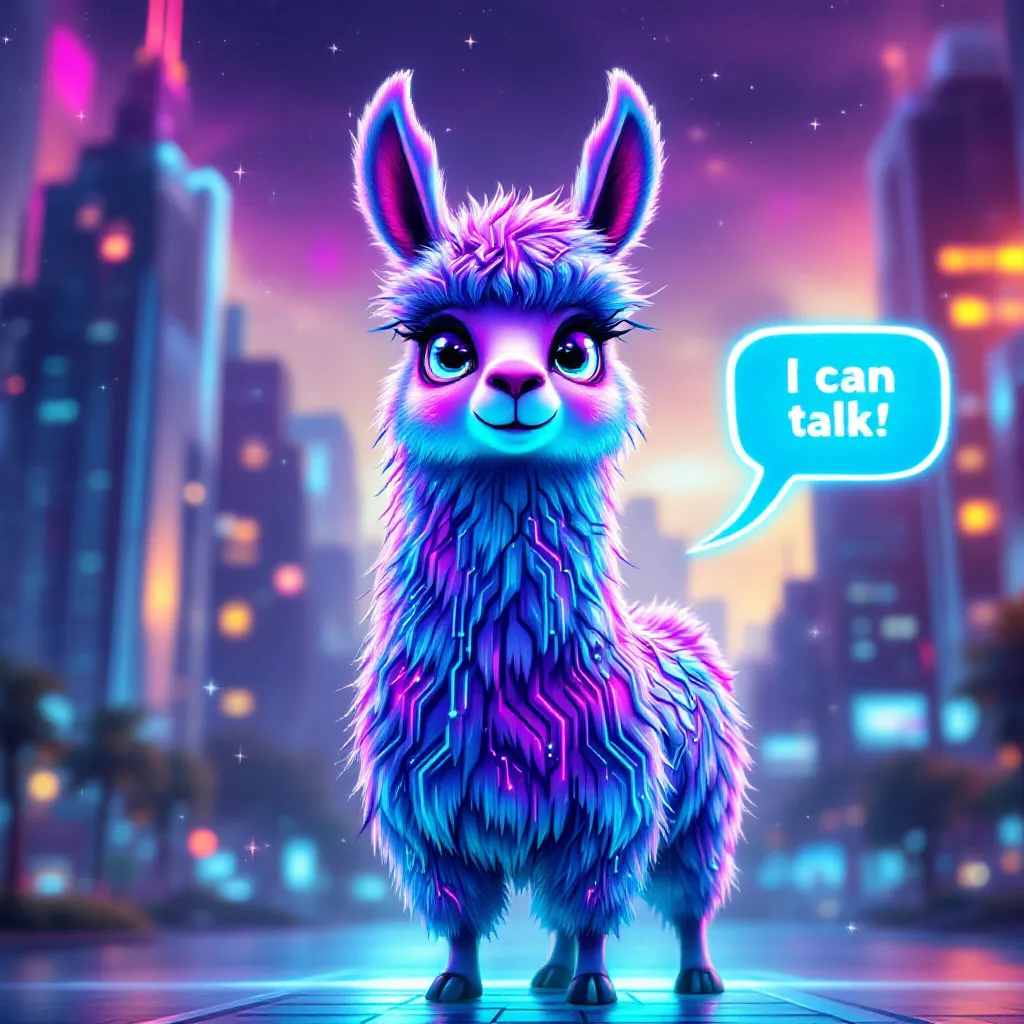 Train a speech-to-speech model using your own language model. Currently based on the Seamless Model, but plan to support more models in the future.
Train a speech-to-speech model using your own language model. Currently based on the Seamless Model, but plan to support more models in the future.
This model is based on speech-to-speech models such as Llama-Omni. However, it aims to take advantage of the joint speech-text embeddings of the Seamless Model.
This code is very much a work in progress. Any and all contributions are welcome!
This library aims to make speech-to-speech models more compatible with the HuggingFace ecosystem, rather than requiring you to modify your models and datasets to work with a new library. This allows us to take advantage of things like the HuggingFace Trainer.
NOTE For some of the below, you may have to first log in to HuggingFace to gain access to the gated models (especially Llama models).
pip install llama-jarvisgit clone https://github.com/johnsutor/llama-jarvis
cd llama-jarvis
pip install -e . The example code will return the phase one loss (i.e., when training the first phase of Llama-Omni)
from llama_jarvis.model import JarvisModel, JarvisConfig, JarvisProcessor
BASE_LLM = "meta-llama/Llama-3.2-1B"
SEAMLESS_MODEL = "facebook/hf-seamless-m4t-medium"
LANGUAGE = "eng"
jarvis_config = JarvisConfig(
BASE_LLM,
SEAMLESS_MODEL
)
jarvis_model = JarvisModel(jarvis_config)
jarvis_processor = JarvisProcessor(
BASE_LLM,
SEAMLESS_MODEL
)
inputs = processor(
instruction=["You are a language model who should respond to my speech"],
text=["What is two plus two?"],
label=["Two plus two is four"],
src_lang=LANGUAGE,
return_tensors="pt",
padding=True
)
outputs = model.forward(
**inputs,
tgt_lang=LANGUAGE
)
print(output.loss)The example code will return the phase two loss (i.e., when training the second phase of Llama-Omni)
from llama_jarvis.model import JarvisModel, JarvisConfig, JarvisProcessor
BASE_LLM = "meta-llama/Llama-3.2-1B"
SEAMLESS_MODEL = "facebook/hf-seamless-m4t-medium"
LANGUAGE = "eng"
jarvis_config = JarvisConfig(
BASE_LLM,
SEAMLESS_MODEL
)
jarvis_model = JarvisModel(jarvis_config)
jarvis_processor = JarvisProcessor(
BASE_LLM,
SEAMLESS_MODEL
)
inputs = processor(
instruction=["You are a language model who should respond to my speech"],
text=["What is two plus two?"],
label=["Two plus two is four"],
src_lang=LANGUAGE,
return_tensors="pt",
padding=True
)
outputs = model.forward(
**inputs,
tgt_lang=LANGUAGE,
train_phase=2
)
print(output.loss)- [x] Release the code on PyPi
- [ ] Train a baseline model using Llama 3.2 1B and Seamless Medium
- [ ] Provide training example code
- [ ] Fully document the code
- [ ] Create an inference script for the model
- [ ] Write thorough tests for the code (~85% coverage), and test with a multitude of open-source models
We take a lot of inspiration from some other nice open-source libraries out there. Shoutout to


